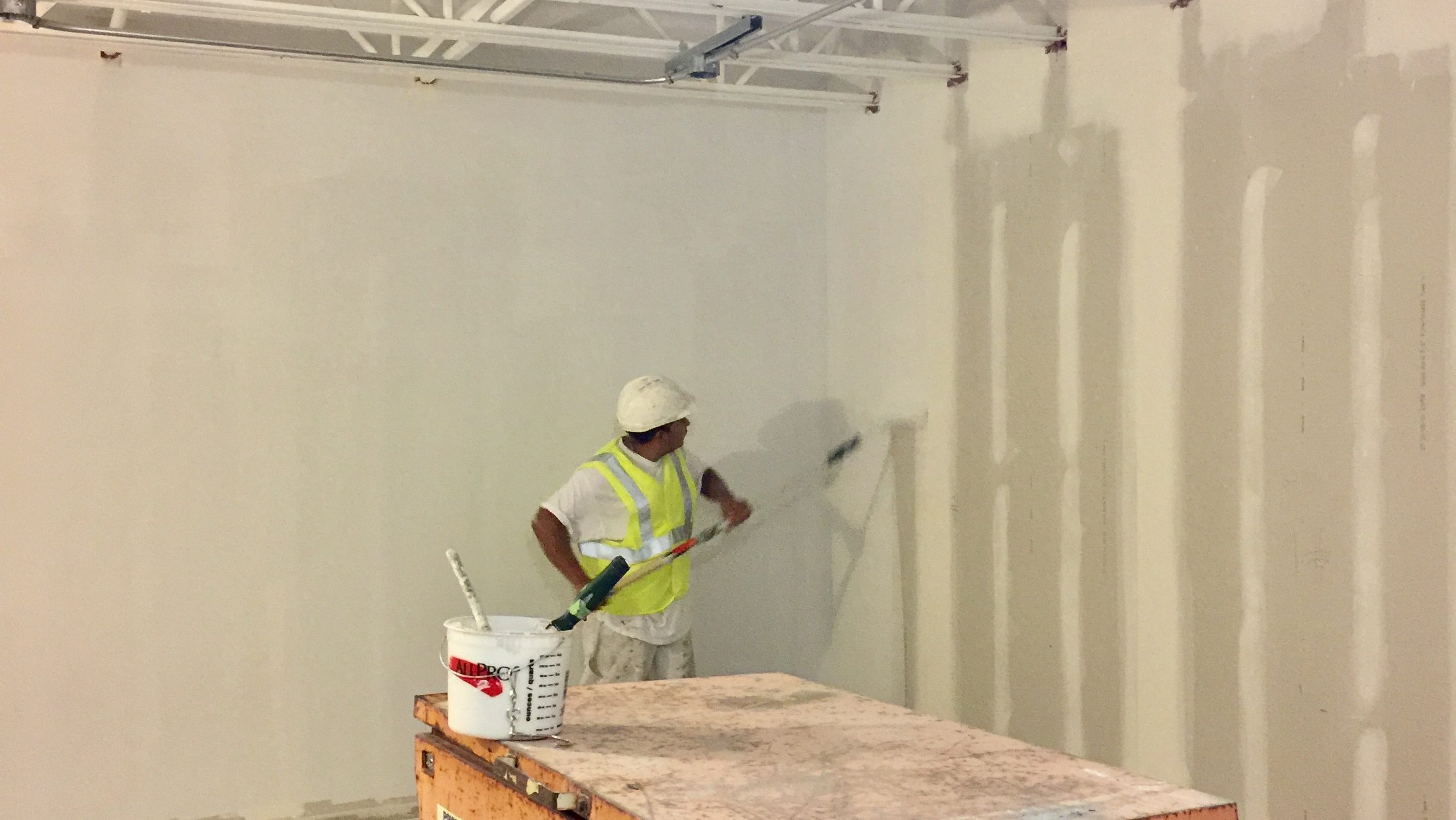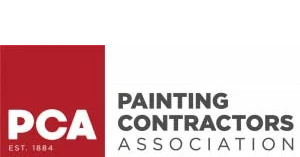Well, it is an age-old question of sorts when remodeling your space, does painting come first or last? Organizing a room (or home) makeover can quickly become a logistical puzzle. Scheduling all of the trades in a sequential order is crucial if you are looking to reduce extra service calls and extended project timelines. As you watch your new space unfold in front of your very eyes, you may be confused why it looks a bit like a tango of painters coming and going, but these tips will help you analyze the scope of work and understand the process.
The more interconnected your remodeling must-haves are, the more important it will be to think of the interplay they have with one another. By this I mean, are you just installing a new ceiling fan, adding modern accessories and re-painting? If so, painting can happen at any point (with a few touch-ups likely). Or, are you planning to re-finish floors, install cabinets and re-paint? If this is the case, you must consider the direct, and the unintended, consequences these may have on one another. You may think floors don’t impact your paint; however, wet (or even slightly wet) paint will be a magnet for dust if your floor is getting sanded and stained, thus, additional work will be required to re-sand walls and apply a new application of paint. In order to help you visualize this process, see a few helpful first v. last tips that we use when completing projects for our clients.
Paint First
Trim/Baseboard: The explanation behind this comes down to knowing your brush and thinking smart about how to create precise cut lines. Go ahead and get your walls painted first and then simply come back and follow the straight edges of your trim to define it from the wall.
Floor Re-finishing/Install: Tricked you! This is actually first and last! Depending on your project timelines, you can likely go ahead and get your walls prepped, primed and sanded prior to floor installation. Once the floor is finished, cover it up and get your finish coats on the walls.
Paint Last
Crown Molding: If you are tackling a wall re-paint that includes crown molding, the molding often gets painted first. This may seem backwards considering above we stated that trim/baseboard gets painted last, but the reason behind this is to ensure full coverage on intricate detail. Painting the wall last also allows you to come back for a very crisp, clean cut line.
- Note: there are times you may want to paint your molding last and tape it off…we will cover this another time!
Ceiling: People ask us all the time if the ceiling or the walls get painted first. We always work top-down when we tackle a space. This, again, comes down to those clean cut lines (is it obvious how important the cut line is?). By doing this you can also increase your speed of work on the ceiling and be confident you are getting every nook and cranny sufficiently covered on the ceiling first.
Hopefully this helps explain the painting tango. Painting at the correct time, or even at multiple points, helps keep progress moving forward and reduces unintended consequences during your project. Following these tips will help eliminate the headache of buying extra paint and spending additional money in labor.
Happy Painting!












